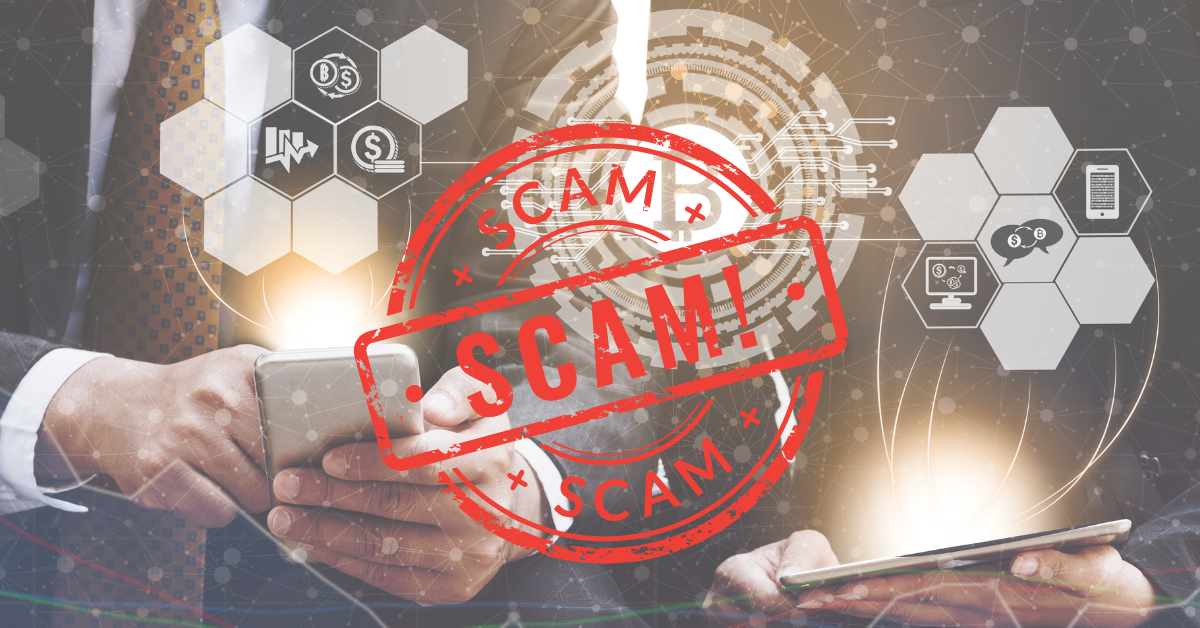Forex and cryptocurrency trading are growing rapidly, but so are internet frauds that prey on both novice and seasoned investors. Fake websites take your money and disappear overnight, despite their promises of large returns. Being aware of the warning signs is the best defense.
Top 10 Signs of a Scam Crypto or Forex Website
1. Unrealistic Promises of High Returns
If a website claims you can double your money in a few days or offers “guaranteed profits,” it’s a red flag. Legitimate investments always carry risk.
2. No Regulatory License or Registration
Trusted forex and crypto platforms are registered with regulatory bodies (such as the FCA, SEC, or ASIC). Scammers often avoid sharing any license details or display fake ones.
3. Poor Website Design and Grammar Errors
Spelling errors, phony testimonials, and broken links are common features of quickly constructed scam websites. A professional trading platform won’t appear unprofessional.
4. Pressure to Deposit Quickly
Scammers push urgency: “Limited time offer” or “Deposit now to secure profits.” This is a psychological trick to stop you from thinking critically.
5. No Clear Company Information
If you cannot find the company’s address, legal documents, or team details, it’s a strong indicator that the site is fake.
6. Fake Reviews and Testimonials
Scam websites often use stock photos or AI-generated images for “happy investors.” Always check independent review sites before trusting testimonials.
7. No Secure Payment Options
Legit platforms use secure payment gateways. If a site only accepts crypto deposits or unusual payment methods, be cautious—it’s hard to recover stolen funds.
8. Difficult or Impossible Withdrawals
One of the biggest red flags is when you can deposit easily but cannot withdraw your profits. Scammers delay withdrawals with excuses or request extra fees.
9. Aggressive Marketing and Social Media Ads
Ads promising instant wealth are frequently displayed on fraudulent platforms. They also overpower social media users with offers that seem too good to be true.
10. Lack of Customer Support
A genuine trading platform provides professional customer service. Scam websites usually have no live chat or respond with vague, automated messages.
Types of Cryptocurrency Scams
- Fake Exchanges: Clone websites that look like popular exchanges but steal login details and funds.
- Ponzi Schemes: Promise large returns on the capital of new investors, but fail fast.
- Phishing Scams: Fake emails or websites that trick users into sharing private keys or passwords.
- Fake ICOs (Initial Coin Offerings): Fraudulent tokens created only to scam investors.
- Pump-and-Dump Schemes: Coordinated manipulation where scammers artificially inflate a coin’s value before selling off.
How to Spot and Avoid Bitcoin Scammers
- Verify the website’s domain and SSL certificate.
- Check for official regulatory licenses.
- Research reviews on trusted sites, not just the platform itself.
- Avoid giving out your wallet’s private keys.
- Never trust guaranteed-return schemes.
How to Report a Bitcoin Scammer
If you suspect fraud:
- Collect evidence (emails, chats, transactions).
- Report to local authorities and financial regulators.
- Report scams to regulators like the FTC (U.S.), Action Fraud (UK), ASIC (Australia), or ESMA (EU).
- Warn others by posting reviews on scam awareness websites.
Why Many Call Cryptocurrency “Bad”
While crypto itself is not inherently bad, it has a reputation for scams due to:
- Lack of global regulation.
- Irreversible transactions.
- High volatility.
- Easy anonymity for criminals.
This does not imply that cryptocurrency is worthless; rather, it just calls for cautious, knowledgeable investment.
Frequently Asked Questions (FAQ)
Q1. How do I identify fake cryptocurrency websites?
Check licenses, withdrawal policies, and real user reviews. Poor design and unrealistic promises are red flags.
Q2. Is there a list of fake crypto exchanges?
Yes, scam warning websites regularly publish lists. Always cross-check before signing up.
Q3. What types of cryptocurrency scams are most common?
The most common types of scams are pump-and-dump, Ponzi, phishing, and fake exchanges.
Q4. Can I get my money back if I lost it in a cryptocurrency scam?
It’s difficult, but reporting quickly to authorities and seeking legal help may improve your chances.
Q5. How can I safely invest in crypto?
Stick to well-known regulated exchanges, enable two-factor authentication, and research thoroughly before investing.
Final Thoughts
Scammers are becoming smarter, but their tricks remain the same—unrealistic promises, no transparency, and pressure tactics. By learning the 10 signs of a scam crypto or forex website, you can protect yourself and your money. Always research, verify, and think before you invest.
Don’t risk your money on unverified platforms. At ProupShot, we uncover shady brokers, review trusted firms, and give you the facts you need to invest and trade safely. Visit us today and make smarter financial choices.
Contact Us for a free consultation regarding the recovery of your funds.
For updates, follow us on:


Leave a Reply